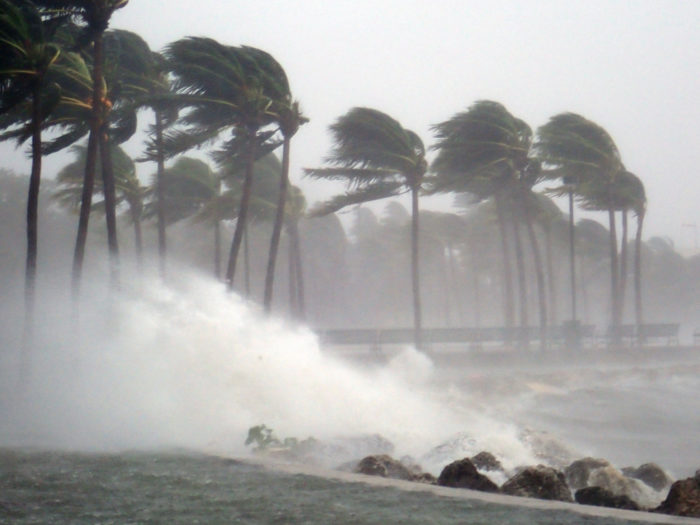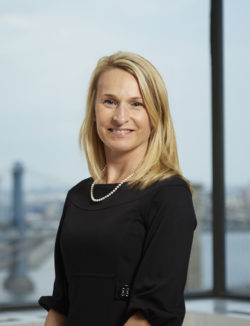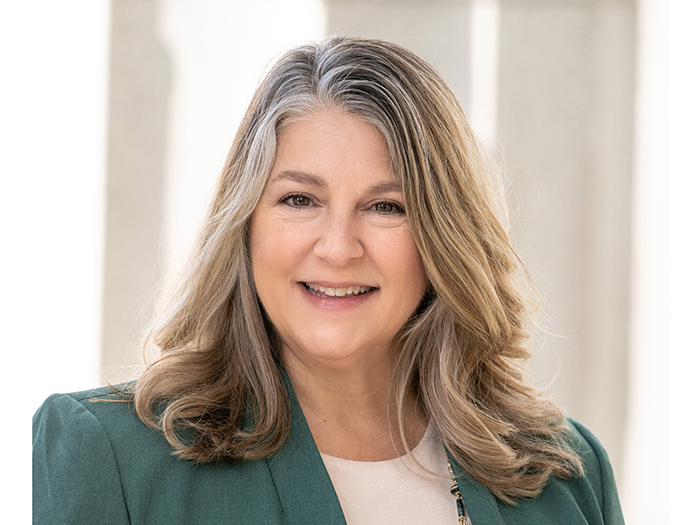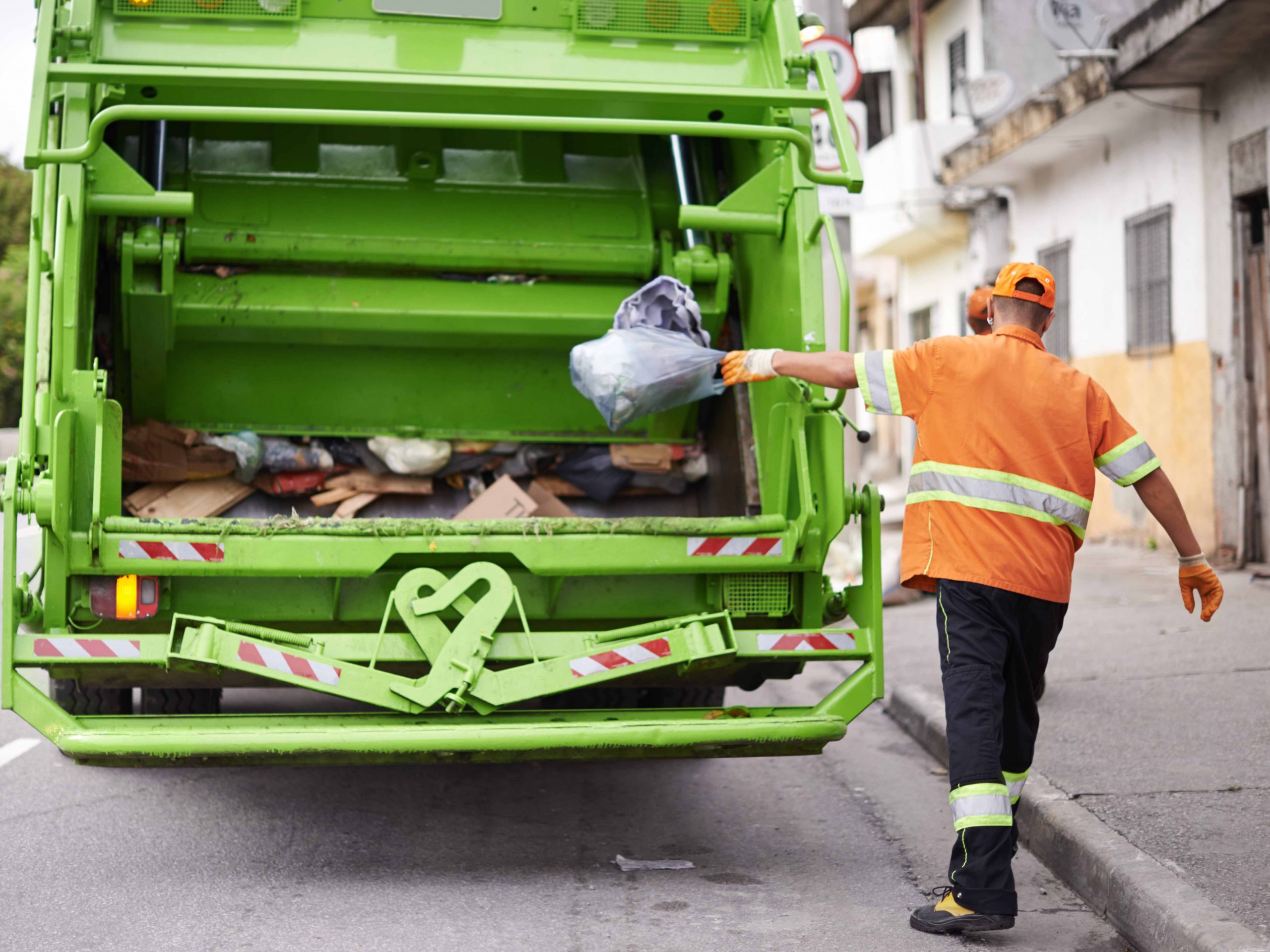Sponsored Content: Allied World
Severe Weather Events Are Increasing and Real Estate and Construction Can Help Safeguard Against Future Risks

“When you hear conversations, either from a policy or an industry standpoint, discussing climate change and the increasing frequency, and severity, of weather events, it can be a bit overwhelming,” said Helen Eichmann, senior vice president for Allied World’s North America environmental division.
Because much of the dialogue around the perils caused by acute weather changes is held at a macro scale — centering around policy and regulation — from an implementation standpoint, developers may view their risk prevention options as costly, limited or far too complex to really tackle.
But in her work, Eichmann has found that there are things that real estate development and construction teams can do at any level: “You don’t need 500 acres of land or shoreline to necessarily be part of implementing a natural infrastructure related project. You can do things at the property level, at the neighborhood level.”
As a global insurer and reinsurer, Allied World focuses on providing specialty products that support their clients’ risk management objectives. And by cultivating a decade-long relationship with the National Wildlife Federation (NWF), Allied World has also aimed to contribute to the broader industry conversation around the role of nature-based solutions in hazard risk reduction.
Recognizing that an insurance policy is just one element of a risk strategy, Allied World and NWF have partnered to provide resources that help clients determine, from an environmental impact position, “What can we do for this property now?”
We Still Have Agency

Helen Eichmann, Senior Vice President for Allied World’s North America Environmental Division
With property owners and operators still reeling from the damages and losses caused by Hurricane Ida, European floods, Winter Storm Uri and the Dixie fire, just to name a handful of weather-related disasters in recent years, the collaborative work produced by Allied World and NWF center upon the idea that there is still much that can be done to mitigate risk.
To hear more about opportunities to incorporate natural infrastructure features as well as strategies that can bolster a site’s resilience long into the future, Eichmann hosts a podcast with NWF to discuss this topic. In “Harnessing Natural Infrastructure to Protect the Built Environment,” Eichmann speaks with experts from both organizations who delve into examples of strategies at the development level that help with building heating and cooling, stormwater management and could save the owner-operator money. Their conversation offers guidance on how to assess the potential to protect natural resources that exist on a site as well as ways to remediate natural features of development sites for long-term ecological function and success.
Eichmann’s conversation is presented against the backdrop of findings from The Protective Value of Nature, a report published by Allied World and NWF. The report presents data that can be used to shape policy frameworks and development plans alike. This report builds on two previous reports published by NWF, Allied World and other partners: Natural Defenses from Hurricanes and Floods (2014), and Natural Defenses in Action (2016).
“I can restructure the storm water management of my property by using natural features that allow permeable surfaces to have the water flow through and recharge the aquifer as opposed to just being runoff and going into a municipal storm water management system,” Eichmann highlighted as an example of a short-term solution discussed in the podcast.
“The reports in particular get into some of the longer-term conversations and policy considerations that property developers, owners and operators, and contractors can explore, not only in their capacity as property developers, owners, contractors and developers, but in their capacity as community members as well,” she said.
“It’s breaking down examples of how entities at [any] scale have the ability to implement some of these practices and some of these benefits,” Eichmann said.
The policy considerations presented in the report, a central component of NWF’s work, have a longer time horizon, Eichmann noted. “And our audience can use these resources to learn more about policy advantages of incorporating natural infrastructure and potential disadvantages of the gray infrastructure or business as usual”.
“There’s certainly the challenges of the existing gray infrastructure being built to help protect against climate conditions that existed 50 to 70 years ago,” Eichmann said, “and not being able to keep up with what we’re going to see going forward.”
Exploring Best Practices
As a specialty insurance company that places value on getting to know its clients, Allied World has invested in relationships like its partnership with NWF to offer creative ways to plan for and potentially shape the future. “It’s having the conversation with our clients, but also thinking about, how does the conversation need to evolve and how can we be part of that evolution so that we’re moving with our clients through the business challenges that we’ll all collectively face on a going forward basis?” Eichmann said. “And I think that’s very important for the insured, for insurance companies, and for our industry to take part in.”
When conducting a traditional property analysis, Allied World works with clients extensively on evaluating their properties and giving them information to help them identify storm impact. “[We also] make a point of including the other aspects and benefits of those property analyses as part of our dialogue and partnership with NWF,” Eichmann noted.
“[But] tackling the issue of increased storm frequency and severity because of climate change is not a one- size-fit-all solution,” Eichmann acknowledged. Likewise, there is no one solution for development, construction and maintenance of properties in ways that can stand up to severe weather.
Even a step as small as planting a few square feet of native plants along a property perimeter instead of something that’s not native, Eichmann said, can help in the grander scheme of things.
“One of the best practices is to look for opportunities where they can be implemented and doing what you can, where you can, because it is going to take everybody doing more than one thing.”
For more information, visit Allied World at https://alliedworldinsurance.com/.
This article was produced by the R&I Brand Studio, a unit of the advertising department of Risk & Insurance, in collaboration with Allied World. The editorial staff of Risk & Insurance had no role in its preparation.










